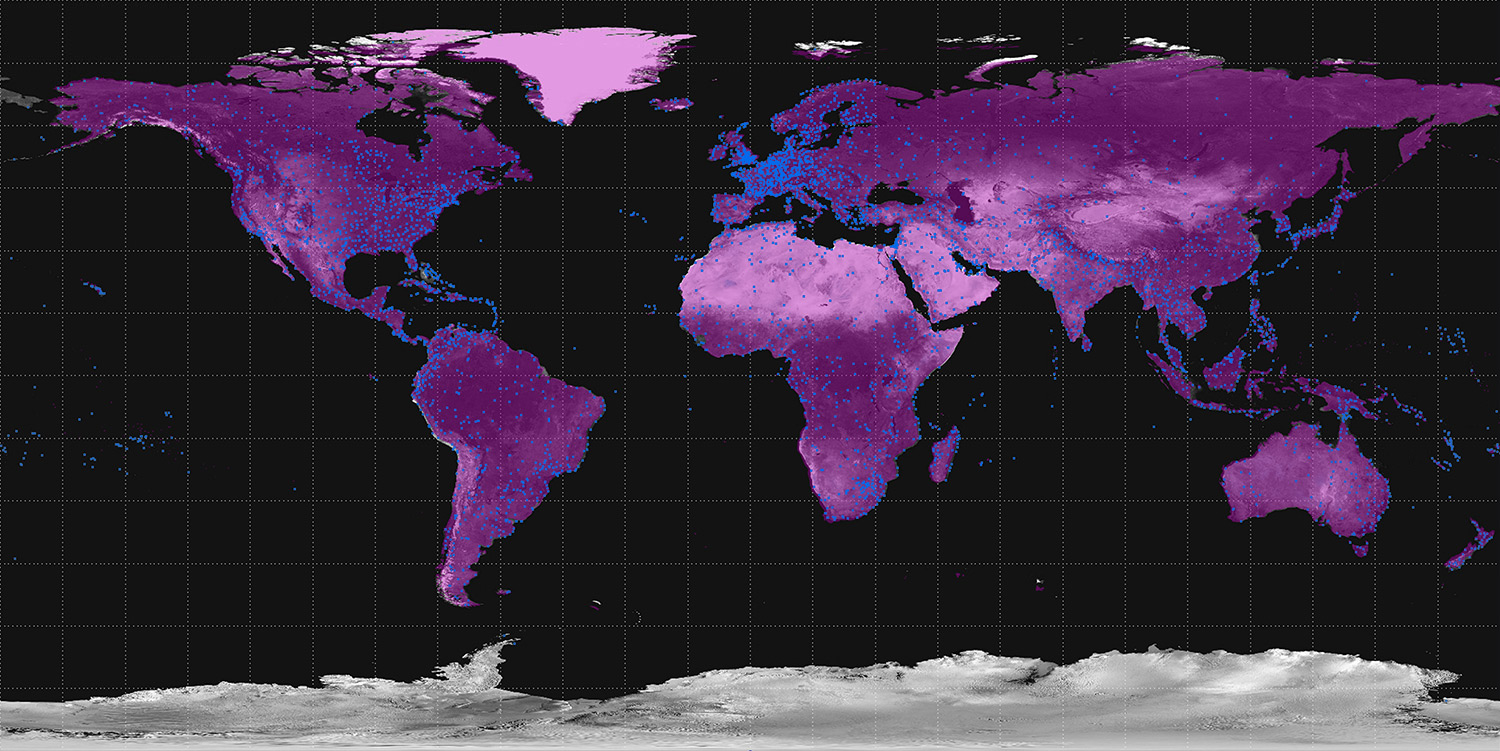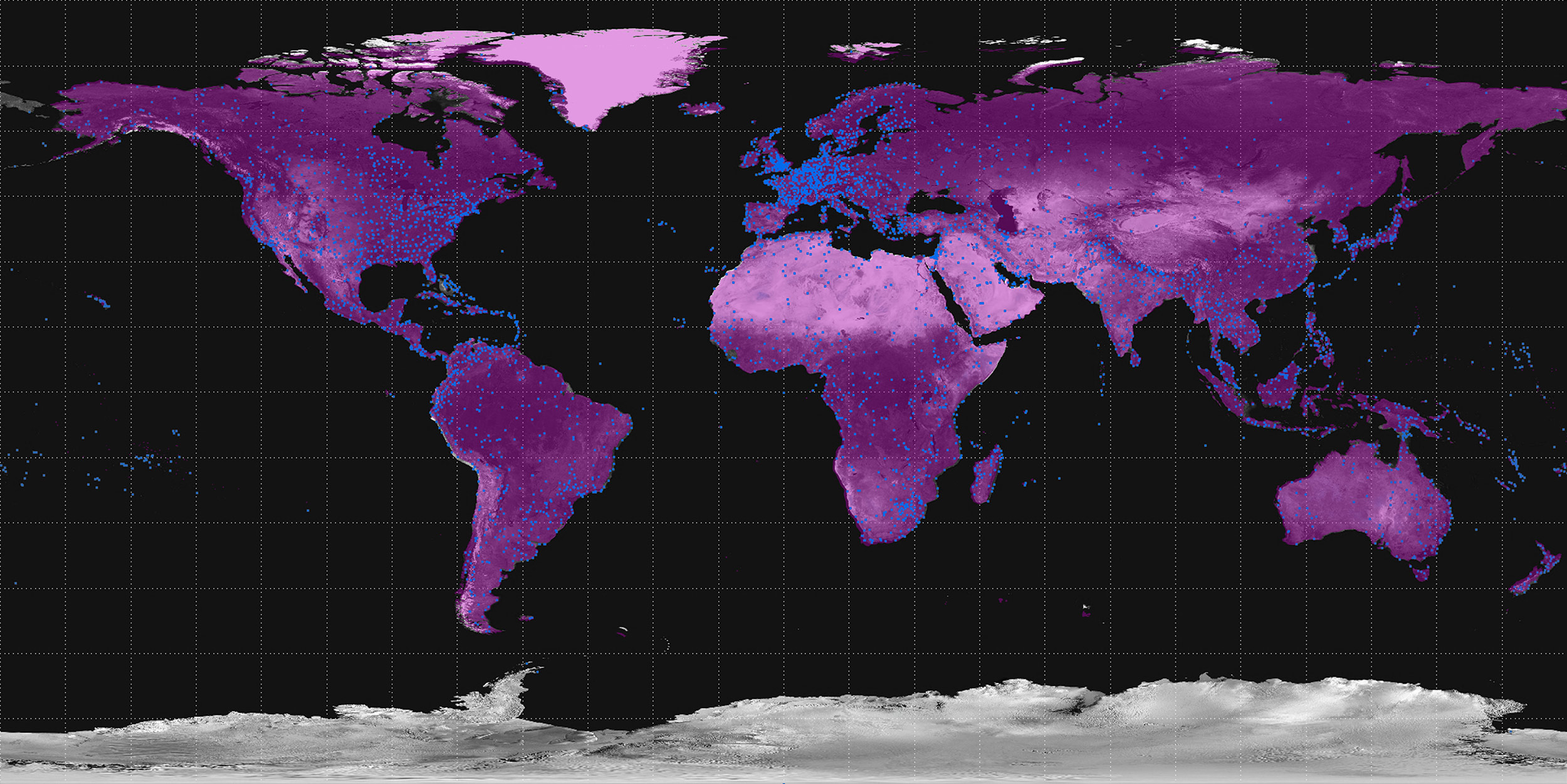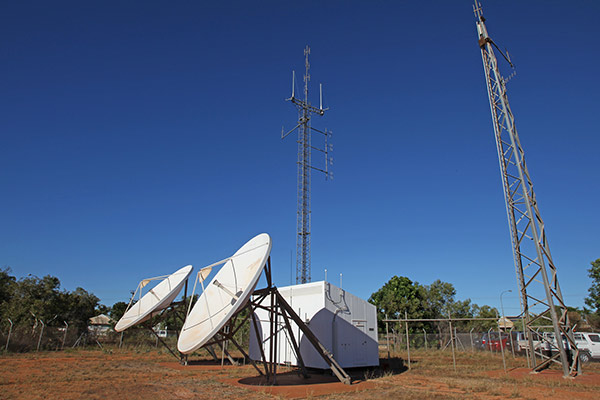- Phase 2A commencing Feb. 5, 2015: FL350 to FL390 (inclusive) all tracks within the NAT OTS;
- Phase 2B commencing Dec. 7, 2017: FL350 to FL390 (inclusive) throughout the ICAO NAT region;
- Phase 2C commencing Jan. 30 2020: FL290 and above throughout the ICAO NAT region.
The cost of equipping legacy and new aircraft for the 2020 mandate in the U.S. depends heavily upon the type of aircraft that an operator is using, the existing avionics equipage, and the class of airspace that the aircraft will be operated within.
Operators should consult with their avionics maintenance facility, seek service bulletins from Original Equipment Manufacturers (OEMs) or use the FAA's new ADS-B equipage website which is also extremely helpful.
The equipment required to comply with the 2020 mandate is an advanced transponder, an accurate GPS position source, an interface mechanism, and annunciators. In some cases, your aircraft might also require a hardware or software upgrade for the Flight Management System (FMS) and some re-wiring as well. The transponder has to be DO-260B compliant, which is the highest ADS-B Out equipment standard in the world.
Operators, such as Delta Private Jets, are currently evaluating options.
“We are working with several of our vendors to see what solutions make the most sense for us. When the mandates do become a reality, we will be ready to comply,” says Scott McCool, vice president of maintenance at Delta Private Jets.
The U.S.-based turnkey aircraft management firm that operates a fleet of light, midsize, and large business jets ranging from Challenger 601s to Beechjet 400s, has to be knowledgeable of the mandates because they provide as much or as little aircraft maintenance and modification as fractional owners desire.
“We can take care of every operational, administrative and regulatory detail much like an in-house flight department would. This can include staffing, catering, scheduling, and any element relevant to owning and operating an aircraft,” McCool explains. “We take a very customized approach and have the expertise and capabilities to manage the aircraft as the owner requests, and in compliance with all applicable rules, regulations, and industry best practices.”
North Atlantic Track System
One other major mandate that connect operators flying the optimum North Atlantic Tracks routes should be aware of phase 2 of the North Atlantic Data Link Mandate (NAT DLM), which was adopted by the North Atlantic Systems Planning Group as occurring in 3 steps: Phase 2A, 2B and 2C. Currently, all aircraft operating on or at any point along two specified tracks within the NAT Organized Track System (OTS) between FL360 to FL390 (inclusive) during the OTS validity period are required to be fitted with and using Future Air Navigation System (FANS) 1/A (or equivalent) Controller to Pilot Data Link Communications (CPDLC) and Automatic Dependent Surveillance - Contract (ADS-C) equipment.










